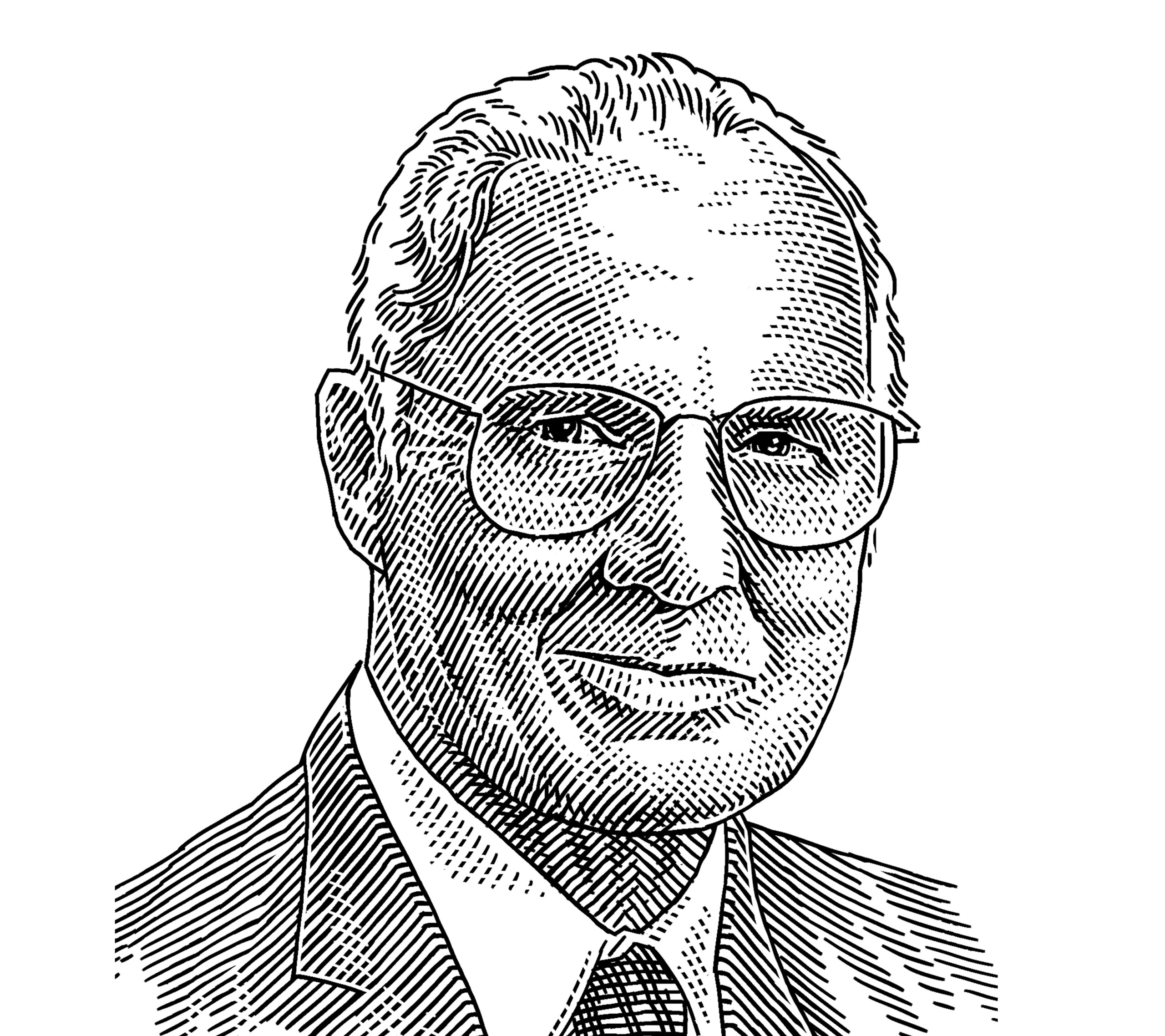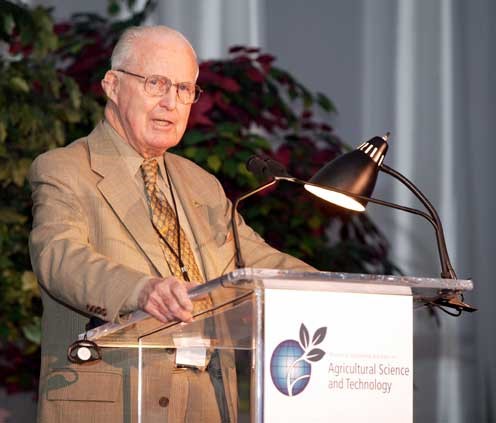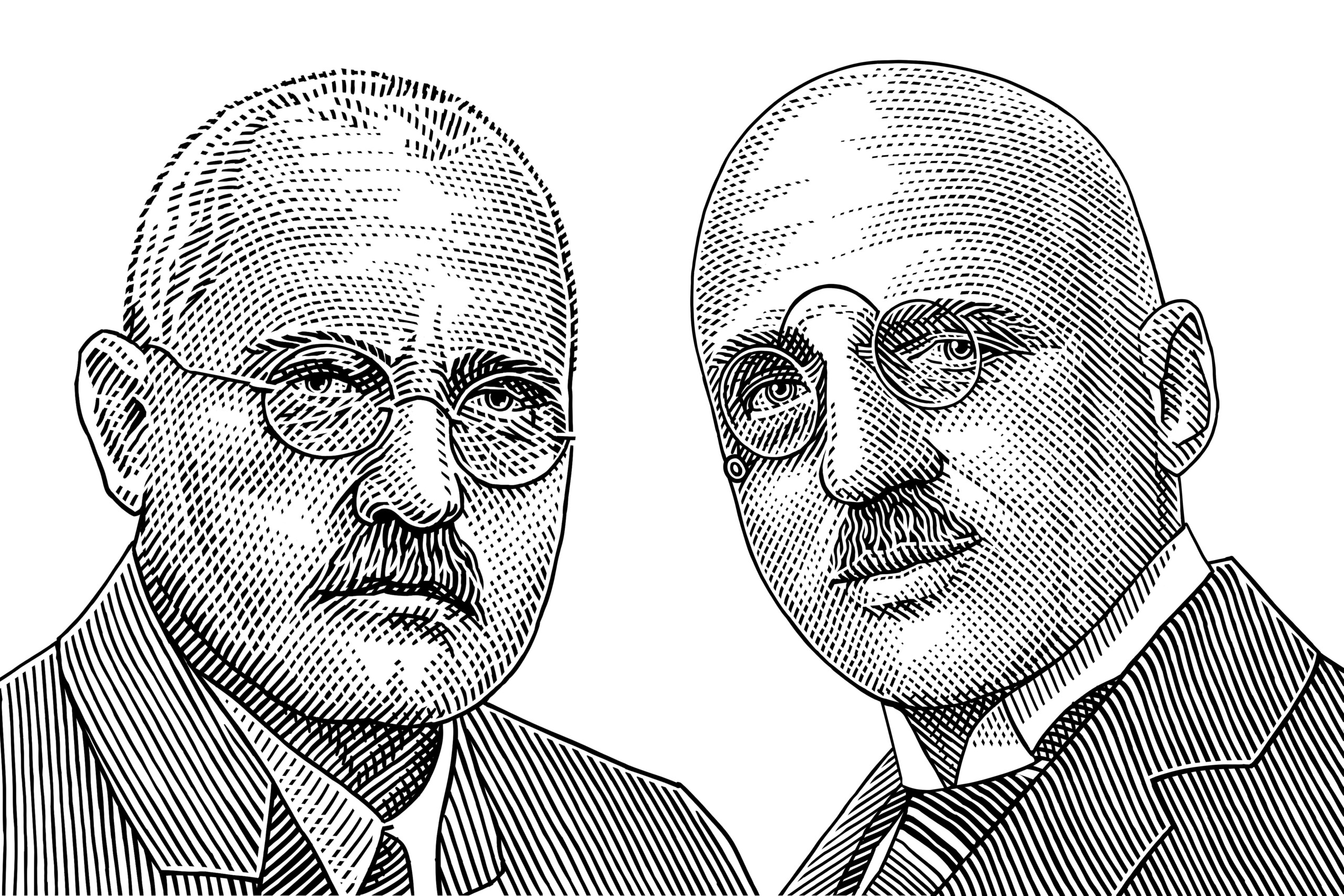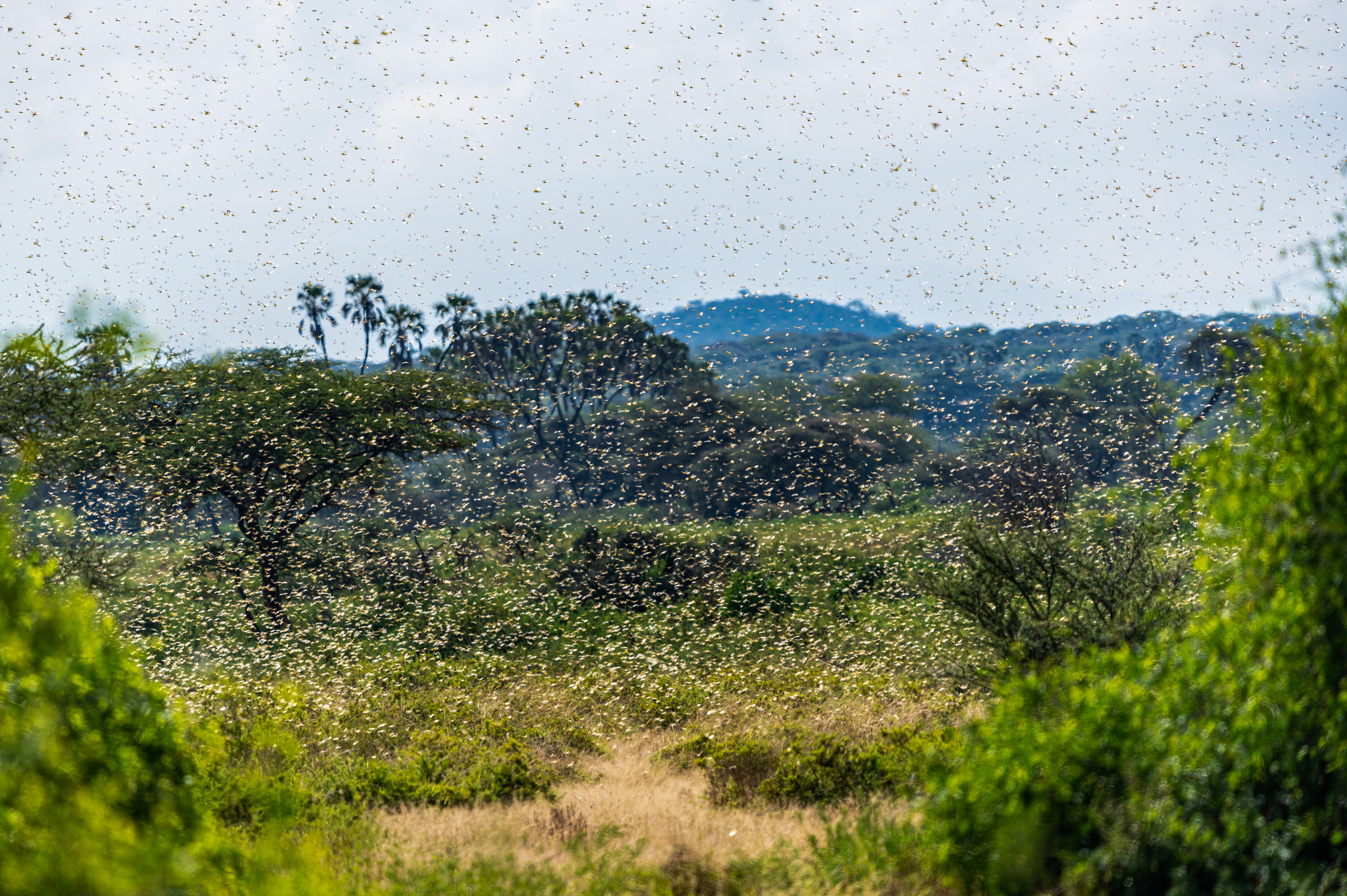Trees are icons of nature and significant carbon sinks, so anyone interested in climate change is invested in the fate of forests.
In recent weeks, Hannah Ritchie of Our World in Data has written several articles on deforestation. She had occasion to write on the subject because the quinquennial United Nations report Global Forest Resource Assessment (GFRA) was just released. It was filled with data and nuanced analysis on the State of the World’s Forests (another UN forestry report).
In one of Ritchie’s articles, she shows that the rate of deforestation peaked in the 1980s. Since then, the rate at which humans burn, chop, cut, and replace forests with farms and cities has fallen. And it’s not just modern industrial humans who used the natural world to excess – half of all forest loss took place before the year 1900. That point also illustrates how stunningly fast we shed trees in the 20th century. Roughly speaking, what took us ten thousand years to do before 1900, we managed to repeat in a mere hundred years. Deforestation, she notes, “is not a new problem.”
But it’s also not as bad as we think. The very same chart that illustrates the stunning extent of forest loss during settled human civilization also indicates that, relatively speaking, we have barely lost any forest coverage in the last twenty years.
Between 1990 and today, the Earth lost 177.5 million hectares of forests, an area about the size of Alaska. That’s a big area, but considering how large the Earth is and how mindbogglingly vast some of its forests are, it’s not that much (the GFRA estimates that the Earth’s total area classified as forests amounts to 4,060 million hectares or a bit below one-third of all habitable land).
More importantly, the rate of forest loss is tumbling: the decline in the 2010s was 40 percent below that of the 1990s. Plenty of us who are optimistic about nature and the state of human flourishing have predicted that the global deforestation rate will soon hit zero. In this GFRA report, we were almost right.
In the past decade, the yearly reduction in forest area was 0.12 percent – down from 0.19 percent in the 1990s and 0.35 percent in the 1980s. In other words, out of 100 hectares of forested area in 2010, 98.85 hectares still green the world today. Emphatically, we are not running out of forests.
What’s a bit worrying is that the deforestation rate itself has recently been dropping more slowly. Fortunately, the authors of the GFRA write that this slowdown is “due to a reduction in the rate of forest expansion,” not because humanity is ravenously clear-cutting the world’s forests. Indeed, we seem to have cut down fewer trees than in previous decades but have failed to replant (or let regrow) as many as we had before.
The silver lining to that observation is that regrowth and replanting is something that policymakers in the West and those of us who treasure the world’s forests can actually control, whereas persuading political leaders or poverty-stricken families of the Global South not to use the natural resources around them is a much more challenging and ethically dubious task.
Furthermore, while forest areas have declined, the remaining areas’ biomass has not. On the contrary, the biomass per unit of area increased by about 4 percent from 1990 to 2020, almost entirely offsetting the reduction in forest area (-4.2 percent) over that same period. Put differently, while the global forested area is smaller, forests have become greener and denser, nearly balancing out the total amount of biomass. This vegetation boom happened because, as the concentration of CO2 in the atmosphere increases, the growth of everything green accelerates – which makes sense since CO2 is plant food.
The stock of sequestered carbon in roots, soil, branches, and trunks is today level with what it was in 2010, and only 1 percent less than what it was in 1990 – an annual rate of decline of 0.03 percent. While the world’s forests are not without their (largely local) problems, the amount of green in the world is tantalizingly close to stabilization. All of us, from climate alarmists to optimists, should cherish that.
Even more extraordinary is the decline of deforestation across South America. In the 2010s, the deforested area was half that of the previous decade (2.6 million hectares vs. 5.2 million hectares in the 2000s). Despite all the doom and gloom about Brazil’s relatively modest increase in deforestation under President Jair Bolsonaro, the more than 700 contributors to the GFRA report conclude that “the deforestation hotspot is now in Africa.”
While Brazil was the single-largest deforester in the 2010s (15 million hectares), its reduction in total forest area is not far above the Democratic Republic of Congo (11 million hectares). Combining the DRC’s deforestation with that of Angola (6 million hectares) and Tanzania (4 million hectares) shows that Africa’s deforestation is more worrying than Brazil’s Amazonian blunders.
I and many others investigating the Environmental Kuznets Curve (an inverted-U shape relationship between income per capita and environmental impacts like deforestation) have argued that we shouldn’t focus too much on Brazilian deforestation in the Amazon and elsewhere. As long as Brazilians get richer, their impact on Brazil’s pristine forests will gradually lessen.
Many critics have said that Brazil invalidates the EKC theory, citing the rapid increase in deforestation in the Amazon. Despite being much richer in terms of GDP per-capita than other top deforesters (Angola, Tanzania, DRC, Mozambique, Bolivia, Indonesia), Brazil nearly doubled its deforested area in recent years– from 457,000 hectares in 2012 to 1,012,900 hectares in 2019.
What that criticism overlooks is that Brazil is a deeply unequal country, regionally and economically. Its rich southern states have income levels on par with many European countries, whereas the North and Northwest – where most of the forests are – are closer to income levels in sub-Saharan Africa. Indeed, Pará, one of Brazil’s poorest states and equal to Namibia or Indonesia in per-capita income, is almost entirely responsible for Brazil’s increased deforestation rate in the last few years.
The shift of the last decade – from South America as the primary source of deforestation to Africa – has been overlooked, as has the decade-by-decade decline in deforestation rates. Despite the much-publicized news about fires in the Amazon, most deforestation now takes place in Africa. This isn’t surprising, as Africa is the poorest continent, and we know that poverty often means living off the land and cutting down forests for fuel. Similarly, the latest UN reports show us that deforestation is a poverty story, not a story about bad regional politics or market failures.
In contrast to the many negative stories about rainforests, the latest deforestation numbers are a reason to rejoice. And here’s my prediction: the next time the GFRA publishes aggregate data, we will see still lower deforestation rates, perhaps even zero. Gradually, but steadily, the Environmental Kuznets Curve is playing out, and the planet is slowly becoming greener.







